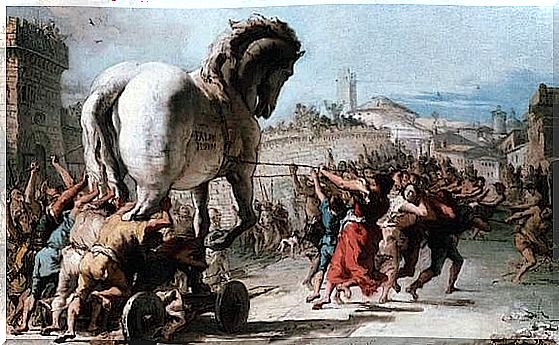The Metaphors Of Counterterrorism

The fight against terrorism is called counterterrorism. The states and the security forces and bodies are the main actors that fulfill this task. As terrorism is a constantly changing phenomenon, counterterrorism must adapt to new forms of terrorism if it is to succeed. Consequently, counterterrorism is a complex phenomenon that is difficult to interpret. Therefore, the use of metaphors to understand it is very widespread.
Metaphors are literary figures in which a word or phrase represents a different object or idea, suggesting a similarity or analogy. The use of metaphors helps to understand complex phenomena in a simple way. However, metaphors also simplify phenomena and provide a false sense of total understanding. Thus, although metaphors help to better understand the phenomena they represent, they forget other concepts that, because they are incompatible with the metaphor, are left out.

Counterterrorism as “war”
The metaphor of war indicates that war is made between states. That the enemy is an identifiable national entity opposed to our nation. Thus, the existence of the two is impossible, one of them has to disappear, it will never be possible to reach an agreement. In other words, it is a zero-sum conflict, the victory of one means the defeat of the other. The enemy wants to destroy us, so we must defend ourselves by conquering or destroying their territory.
On the other hand, being in a state of war has other connotations. For example, national unity and mobilization in support of the cause. In this way, those who criticize are branded as anti-patriots or traitors. Likewise, going to war implies values such as solidarity, heroism, courage and sacrifice. And, of course, God is on our side, so the moral dimension is clear. Obviously, wars are going to be won and with military forces. And the head of state must concentrate all power, which can lead to restricting freedoms.
Counterterrorism as “Law Enforcement”
Enforcing the law and going to war are two ways to protect the citizens of a country. The choice of one or the other depends on the magnitude of the threat. While the metaphor of war focused on the enemy, the law focuses on crime. Also, the limits are more defined in this metaphor. It begins as soon as the law is broken and ends when the corresponding penalty is paid. Welfare and education policies are some of the resources used.
The law enforcement metaphor focuses on the culprits and does not tolerate collateral damage such as war. Therefore, the costs are lower. In addition, instead of killing, the punishment is usually imprisonment, so that, in the event of a mistake, the damage caused is less than in war.
Counterterrorism as “Containment of a Social Epidemic”
The two previous metaphors deal with the manifestations of violence, but not with the factors that caused it. The metaphor of the social epidemic uses the epidemiological triad that is made up of an external agent, a susceptible host, and an environment that brings them into contact. In addition, in the environment is the vector or transmitter. Applied to terrorism, the agents are the terrorists while the vectors are the conduits used to propagate the ideology. Thus, the environment would be one that promotes militancy, such as conflicts or political repression.
This metaphor of counterterrorism as a social epidemic also has other implications. For example, that there are immunized people. These people would be immune to the agents since they have achievement motivations such as psychological robustness or social support. Counterterrorism would focus on avoiding contagion or, in this case, radical ideology, which would correspond to the agent or virus. Another implication is that radicals can be “cured.”

Counterterrorism as a “bias reduction” program
The three previous metaphors for counterterrorism viewed terrorism as an external problem that prompted the need to address it. However, the metaphor of prejudice reduction considers the interaction between two communities whose conflict can generate terrorism. Thus, this metaphor represents a group of people with negative attitudes towards another group.
Consequently, converting those to improve those attitudes or, in other words, reduce prejudice, would be the strategy to follow. Thus, eliminating misperceptions and building a common identity would be the objectives of counterterrorism under this metaphor, whose maximum representation is the contact between members of the different groups in conflict. In short, metaphors in addition to simplifying and helping to understand have greater implications, so we must be careful when we use them to interpret reality.









